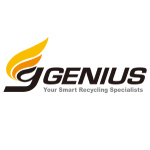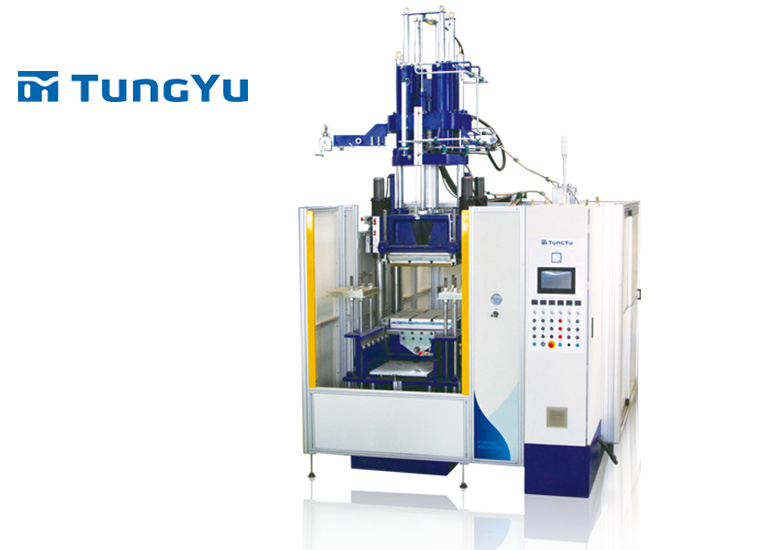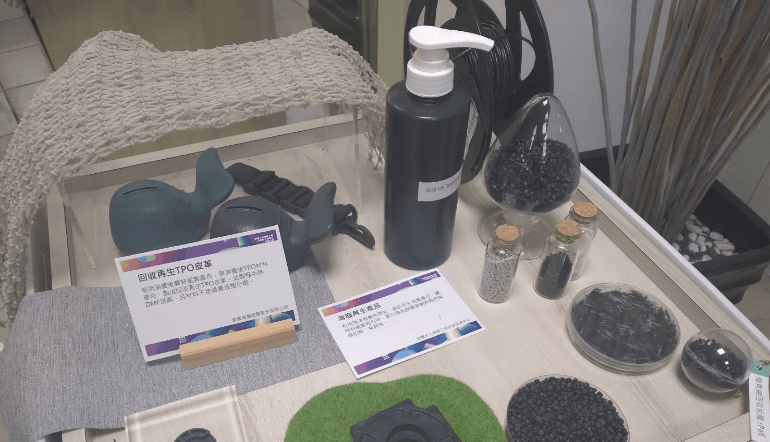Unlocking the Process: How to Establish Your Own Plastic Film Recycling Washing Line/Plant in 5 Steps?
In the last decade, Plastic Film Recycling Washing Line has become a popular option for companies looking to reduce their carbon footprint and increase their sustainability. The process of building your own plastic film recycling washing line can seem daunting, but it doesn't have to be. With careful consideration of various factors, you can unlock the process to establish your own plastic film recycling washing line/plant.
Here are 5 essential steps that will help you get started:

1. Determine the types of plastic film that you will be processing and recycling
Some common types of plastic film include high-density polyethylene (HDPE), polyethylene (PE), polypropylene (PP), , and polyethylene terephthalate (PET). No matter what types of films, wraps, bags or packagings you will be processing, it is important to determine the dirty level of the plastic film and how you would like it to be processed.
Let’s take agricultural films as an example. Agricultural films are more contaminated. Recycling agricultural films is a complex process. The films are often delivered in bales and are a mixture of various polymers that must be separated. Additionally, the used films are typically damp or wet and heavily contaminated with substances such as soil, stones, and metals. It can be difficult to assess the level of contamination due to the film being transported in bale form. Organic matter that adheres to the film after silage or harvesting is often already decomposed, further hindering the recycling process. Therefore, you will need a customized plastic film washing line which could include more friction washers or floating tanks.
Upon the customer requirements GENIUS specialist team provides a flexible customized recycling system for each customer starting from sorting units, feeding units, to degassing units , number or type of filters, storage and packing systems.Moreover, due to the various materials to recycle, GENIUS often helps customers with the unique screw design requirements and pelletizing units. Also, the force side feeding recycling machines are equipped with such as dual piston filters and auto self-cleaning filters upon customer’s request. Recently most of the customers prefer die face cutting pelletizing units to achieve more unique pellets for further manufacturing. Plant size has also become another consideration for many customers, the company has already received many customers’ appreciation with the custom-size machine manufacturing for various sizes of plants.

2. Choose the right equipment for your film recycling washing line
Some key pieces of equipment that you will need include a shredder, a wash tank, a drying system, and a granulator or pelletizer. You may also need additional equipment such as a pre-washer or a friction washer.
- Crusher or Shredder
This is a machine that breaks down the film into smaller pieces so it can be washed more easily. They could be a single shaft plastic shredder or twin shaft plastic shredder for different demands

- Floating/Wash tank
This is where the washing process takes place, and it should have enough capacity to accommodate all of your incoming material. Floating tanks can be used to separate different types of plastics based on their density. This process relies on the sink-float principle, where denser plastics sink to the bottom of the tank while lighter plastics float to the surface. By using this method, it is possible to separate plastics based on their weight and density. - Drying system
There are many different options available when it comes to film drying systems. Washed films typically retain about 30% moisture. High humidity will negatively impact the efficiency and production of the pelletizing process. Using a plastic squeeze dryer is essential to remove moisture from washed film, reduce the volume of recycled materials, and improve the quality of the final plastic pellets.

- Friction washer
Friction washer is a type of machine that uses friction to remove contaminants from plastic film surfaces. They often consist of a cylindrical drum with an inner drum or impeller, which creates a scrubbing action when it comes into contact with the plastic films, wraps or bags being cleaned.

- Granulator or Pelletizer
Finally, you'll need a granulator or pelletizer. This machine will turn your washed film into pellets or granules that can be used in manufacturing processes like packaging or recycling programs.

Read also: How to Select Plastic Film Pelletizing Machine to Make Quality Pellet ?
3. Determine the layout of your washing line
Consider the size and shape of your facility, as well as the flow of material through the line. The layout of the washing line is an important factor, as it will affect the flow of material through the line and the efficiency of the process. A well-designed layout will minimize the distance that the material needs to travel, which can help to reduce energy consumption and improve overall efficiency.
When selecting equipment for a plastic film washing line and plant, it is important to consider whether you can purchase all of the necessary equipment from the same supplier. There are several advantages to buying all of the equipment from the same supplier :
- Simplicity:
Purchasing all of the equipment from the same supplier simplifies the procurement process, as you only have to deal with one vendor rather than multiple. This can save time and effort, allowing you to focus on other aspects of your business. - Compatibility:
Buying all of the equipment from the same supplier ensures that the various components are compatible with one another, which can improve the overall efficiency of the washing line. - Service and support:
A single supplier can provide a more comprehensive service and support package, as they are familiar with all of the equipment in your washing line. This can be especially useful if you encounter any issues or need technical support. - Cost savings:
Buying all of the equipment from the same supplier may also result in cost savings, as you may be able to negotiate bulk discounts or other favorable terms.
4. Install the recycling washing equipment
Once you have chosen the equipment, the next step is to install it. This will involve setting up the various pieces of equipment, connecting them to the necessary utilities, and ensuring that they are properly calibrated and functioning correctly.
5. Test and optimize your washing line
To optimize a plastic film washing line, you can start by running small batches of material through the line to make necessary adjustments and fine-tune the process. It is also important to monitor and record key performance indicators, conduct experiments to test different variables, use simulation software, and consult with your equipment manufacturers. By following these steps, you can identify areas for improvement and make changes to the process as needed to ensure that the line is running efficiently and producing high-quality washed material.
It seems like a lot of work to build your own plastic film washing line or plant. But once you have it with effective and high-quality systems, you should see consistent improvements in the quality of your washed films, allowing you to increase production and generate greater profits.
If you're not an engineer or a plastics expert, do not worry, you can get a free consultant service from Genius. Contact us Now !
For more super features about Plastic Washing Plant, or case study waste plastic film wash plant / PE film
Original post: 5 STEPS TO BUILDING YOUR OWN PLASTIC FILM RECYCLING WASHING LINE/PLANT





